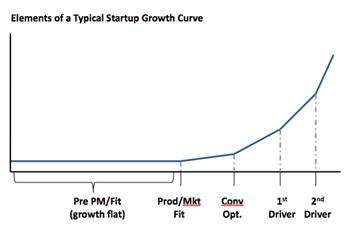Canada has a great financial sector, a growing economy, tons of smart people and a bunch of pretty snazzy exits recently. Yet, with all this Deloitte and the National Venture Capital Association still predict that the number of VC firms in Canada will continue to decline (hat tip: TechCrunch).
Sure, Canada is doing better than US and Europe but we’re not doing so well versus the BIC. The first reaction may be that it is now conventional wisdom that China, India and (lately added) Brazil will take over the world so it stands to follow more VC will set up in those countries. Fair enough.
But deconstruct this a little further. The Canadian VC industry has already been decimated over the course of the past few year and yet, according to this survey, over a quarter of the respondents think it will shrink further. (The VC industry’s shrinkage in the US is a good thing I and many other would argue. Too much dead weight)
And VCs follow exits, well recently Canadian companies have exited to Apple, Google and not to mention a pretty killer IPO. That should bode well for the VC industry over the next five years, but it appears that it doesn’t (Yes, these exits happened after the survey was held, but still….)
In fact, it seems that achieving exits in Canada is the number one barrier to expanded investments in the minds of VCs when they think about Canada. Number 2 barrier is “lack of established venture capital community” which seems like a bit of a vicious circle.
So what do you think? Should Canada be worried? What can be done to improve the five-year outlook on the Canadian VC scene?




 MontrealStartup
MontrealStartup 


 News has leaked out today that Toronto-based
News has leaked out today that Toronto-based 
